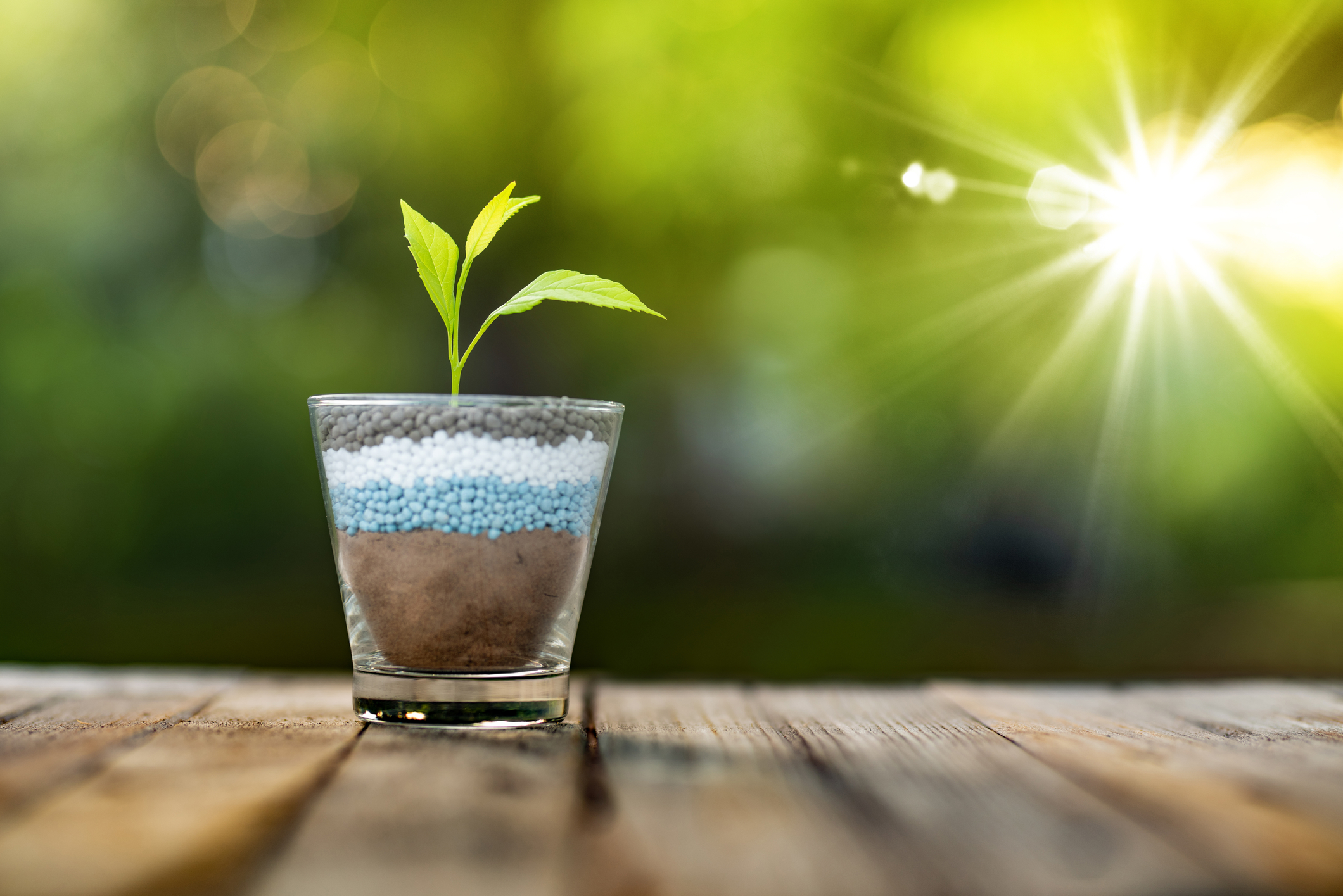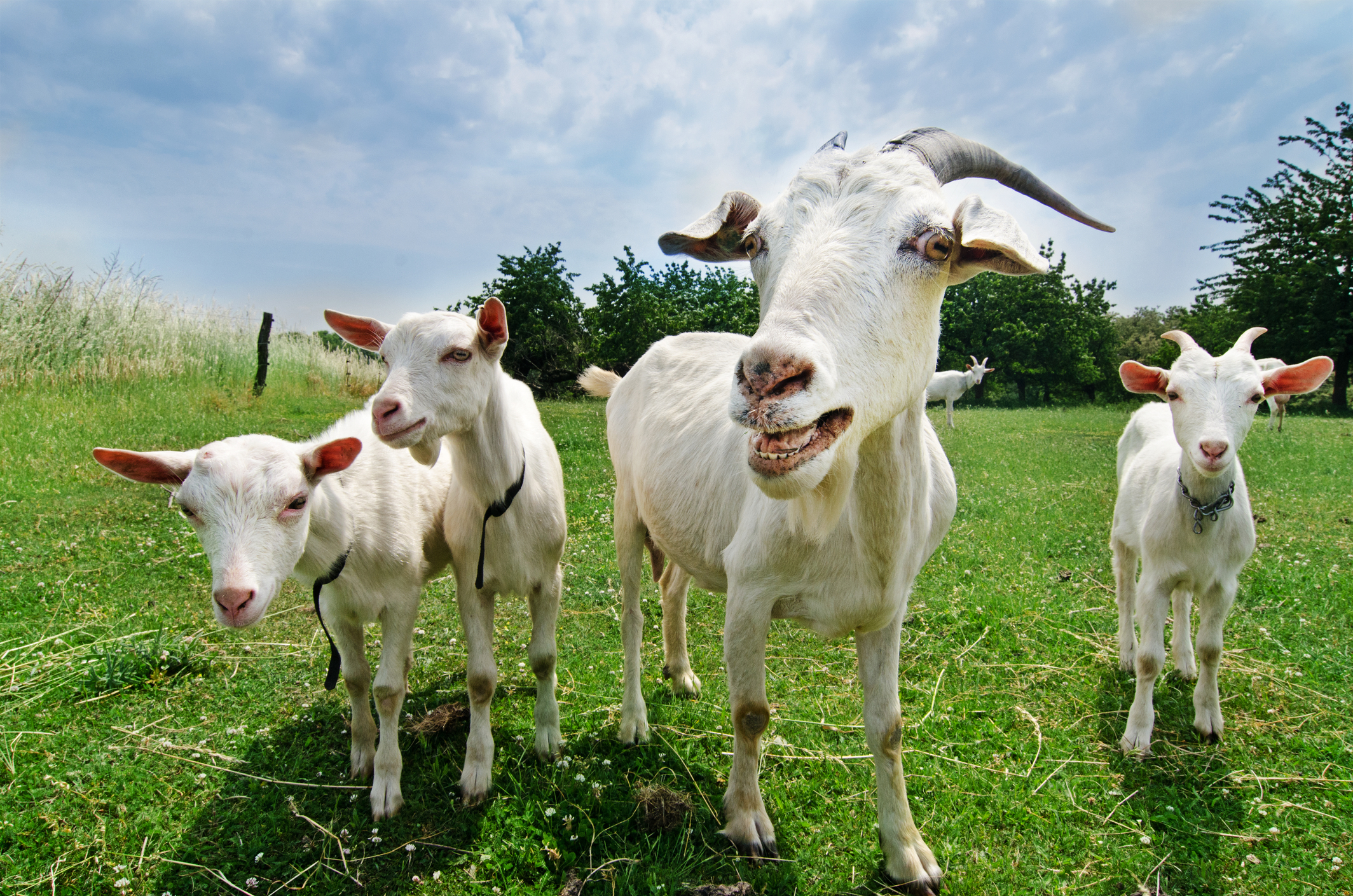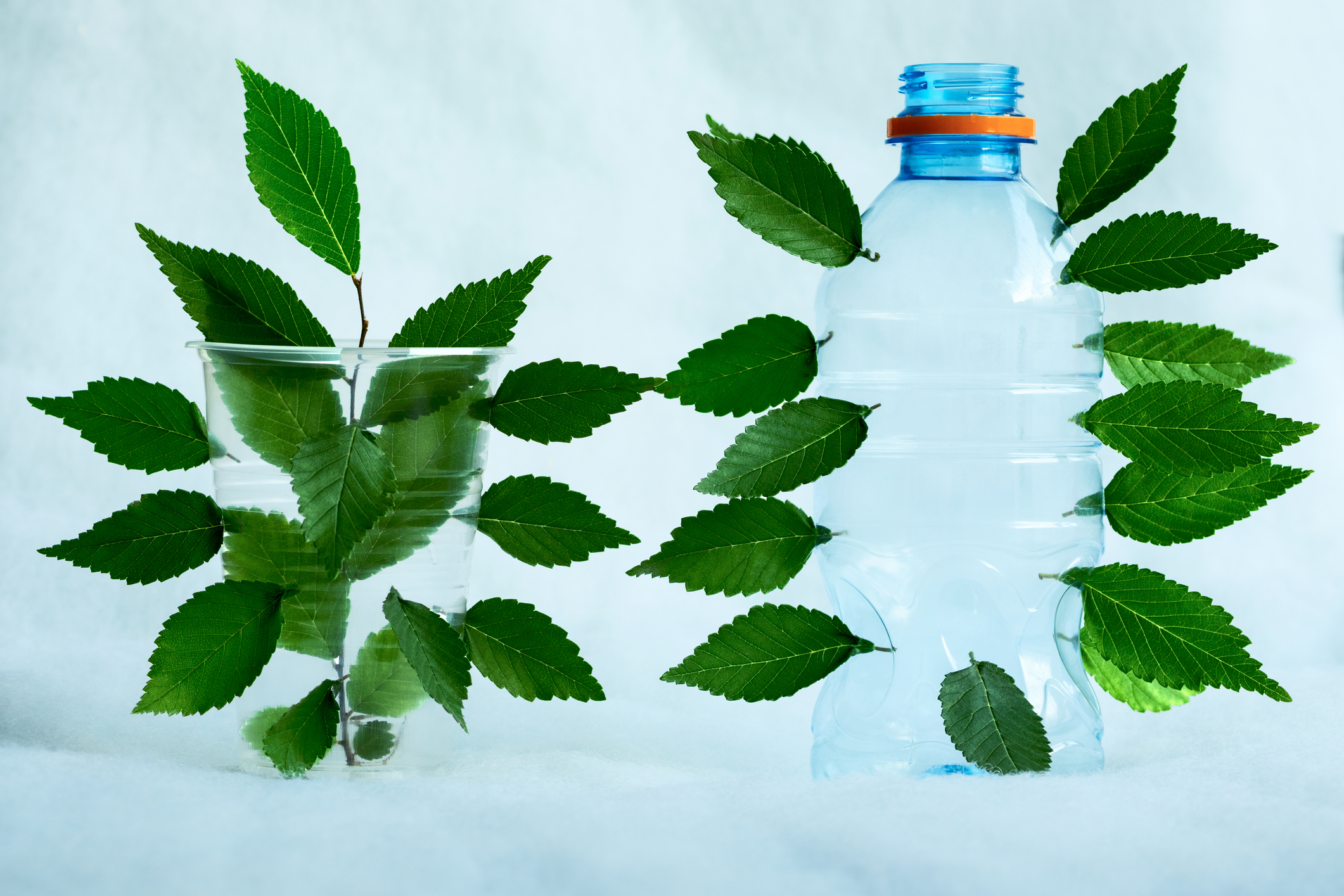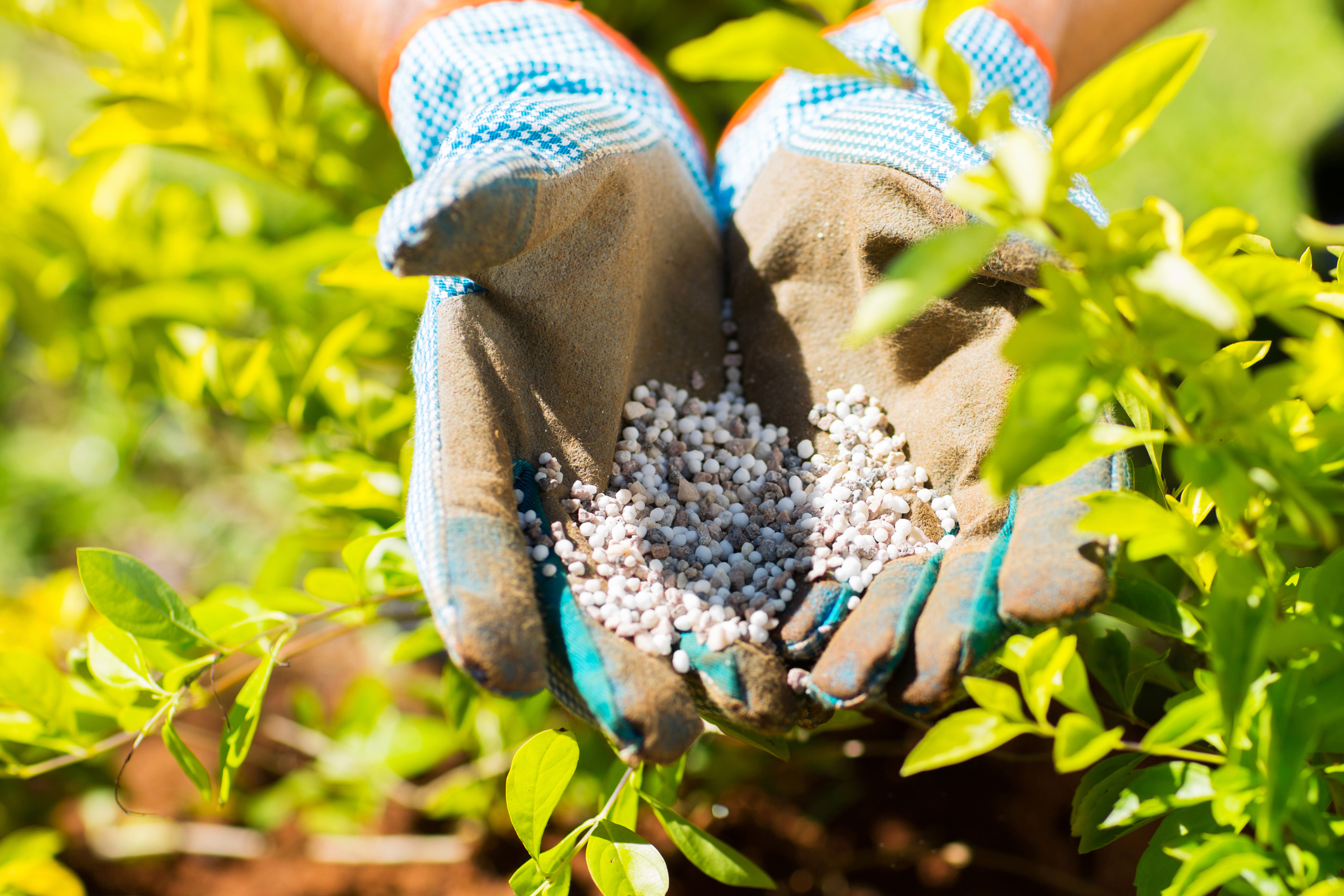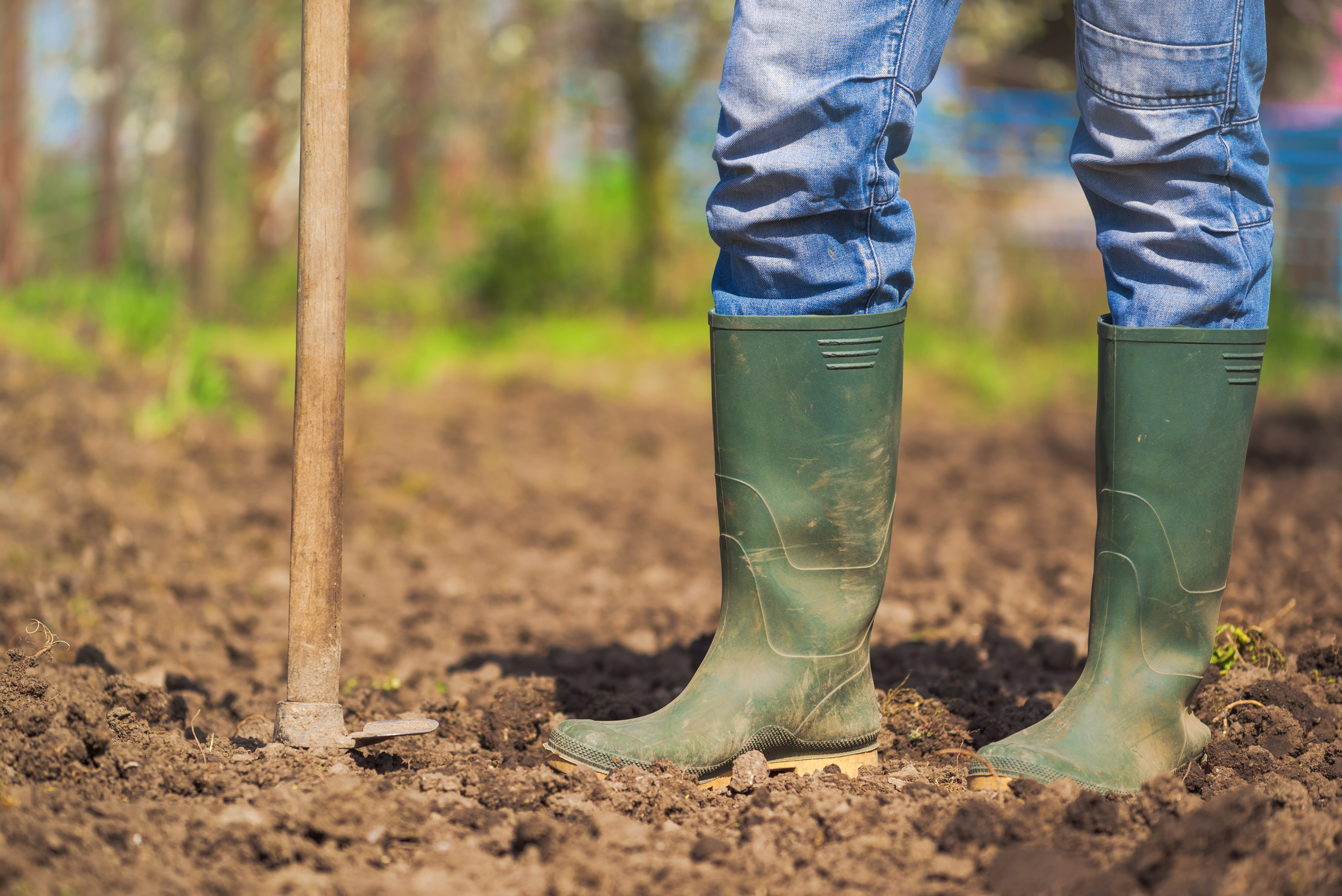How to Correct Nitrogen Deficiency in Your Soil
Did you know that your plants need nitrogen? Obviously, they need four other things as well: soil, air, sunlight, and water, but they also need plenty of nitrogen. This element is found in the air, as well as the soil. The nitrogen in the air doesn’t really help plants at all. In order for them … Read more

